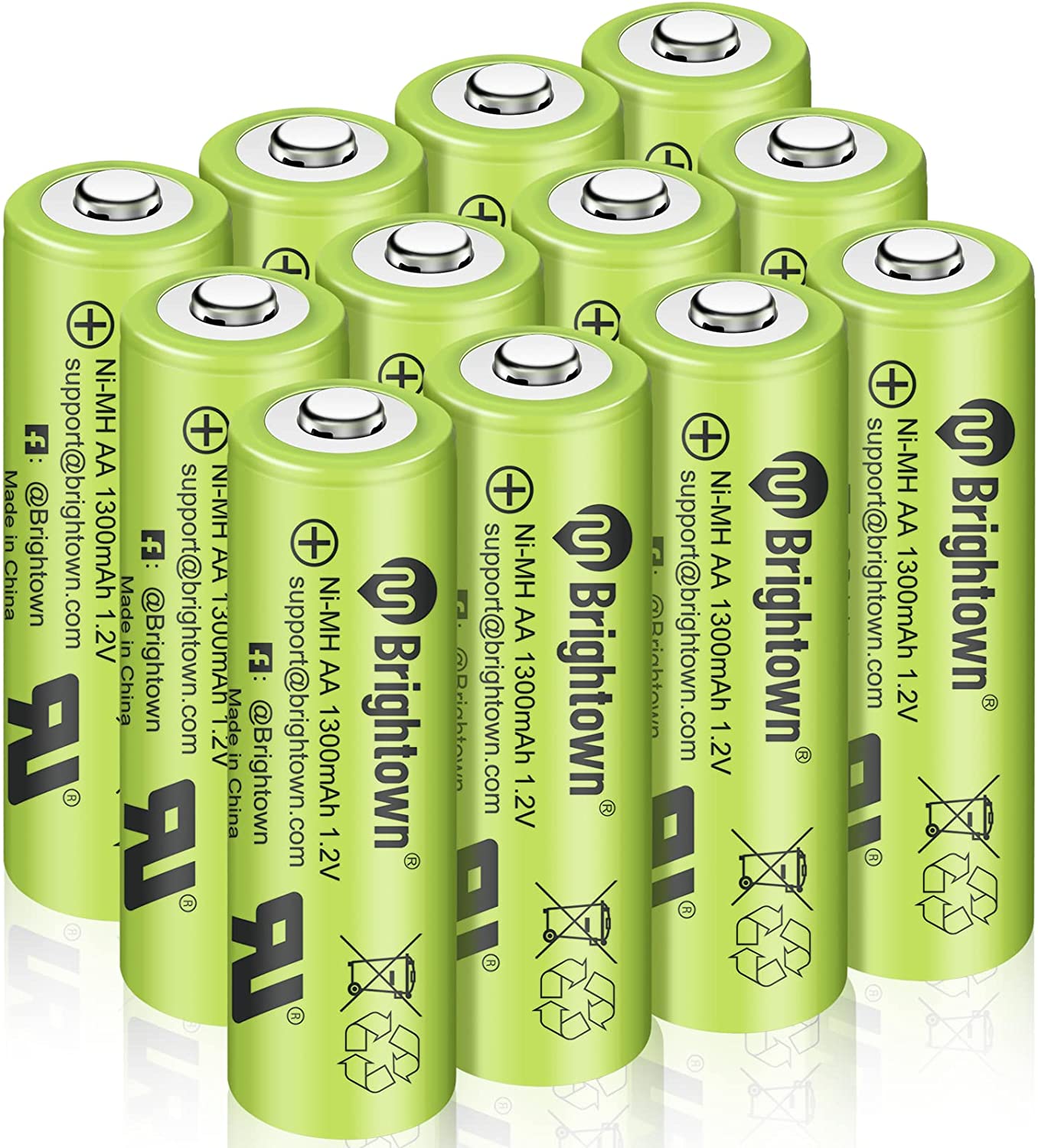Advantages of Using a Rechargeable Battery
Advantages of Using a Rechargeable Battery

A rechargeable battery is a type of storage battery that can be recharged numerous times. It is different from a primary battery, which is charged fully and is discarded after use. There are several advantages to using a rechargeable battery. Here are some of them. 1. It lasts a long time.
Nickel-cadmium
The Nickel-cadmium rechargeable battery is a type of battery that is rechargeable, and is available in a range of sizes and capacities. Its lifespan is approximately 10 to 15 years. However, unlike lead-acid batteries, it self-discharges very quickly, losing as much as 5% of its charge every month. Moreover, disposing of the battery properly can be a challenge because of its cadmium content.
A nickel-cadmium battery contains positive and negative plates made of nickel oxyhydroxide and cadmium metal, separated by a layer of separator material. This chemical reaction causes the positive plates to become charged, and the negative plates to discharge. The electrolyte of the battery is water containing 20 to 35 percent potassium hydroxide.
Nickel-cadmium rechargeable batteries are similar in construction to lead-acid batteries, but have a higher energy density and power density. They also offer a greater number of cycles than lead-acid batteries. The positive electrode is made from nickel, while the negative one is made of cadmium, a heavy metal with high electrical conductivity.
Although state law requires municipalities to recycle nickel-cadmium batteries, very few towns have a formal recycling service. Recycling is important because rechargeable battery used batteries can contain toxins and are hazardous to the environment. The state law also requires that consumers return these batteries to retailers for recycling. This means that consumers can help protect the environment and keep our supplies of natural resources at optimal levels.
Unlike lead acid batteries, a nickel-cadmium rechargeable battery is cool during recharge. The reversing reaction of the cells absorbs the heat energy generated during the charge process. This type of battery can be fully charged within two hours. Its efficiency ranges from 70 to 85%. Although early versions of nickel-cadmium batteries were prone to the memory effect, modern models have minimized the memory effect and are capable of enduring deep discharges. Therefore, they are a good choice for energy storage applications.
Lithium-ion
Lithium-ion batteries are safe to use in most applications, but there are a few precautions you need to take before using one. These batteries contain dangerous chemicals and can cause explosions and fires if misused. Be sure to use the correct hardware and avoid exceeding the temperature and voltage limits of the battery. Otherwise, you’ll end up with a blown battery. Luckily, there are tips on how to avoid lithium-ion mishaps, and you’ll be able to use the battery correctly to solve any problems you have with it.
Lithium-ion batteries are now used in all kinds of mobile technology. They’re used in everything from electric cars and hybrid vehicles to electric scooters and personal transporters. Even advanced electric wheelchairs and radio-controlled models run on these batteries. The positive electrodes of Li-ion batteries can be made from a variety of different materials.
Lithium is a highly reactive substance, which means that manufacturers must take safety precautions with these batteries. In fact, there have been cases of lithium-ion batteries causing electronics to explode. In order to avoid this, Li-ion batteries rechargeable battery have a separator that keeps the electrodes from coming in contact. However, if this separator is damaged, the electrodes may touch and cause a massive buildup of heat.
Another benefit of Li-ion batteries is their durability. They don’t suffer from the memory effect, which makes them more reliable than their older counterparts. They also do not contain toxic cadmium, which makes them better for the environment. As long as you don’t overcharge them, you’ll be able to enjoy a longer lifespan and greater performance from your battery.
Li-ion batteries should be properly disposed of. Instead of throwing them in your regular trash, place them in separate plastic bags with non-conductive tape over the terminals. You can also take them to a certified recycling facility or household hazardous waste collection program. You can also check the manufacturer’s recommendations on how to safely dispose of them.
The main drawback of Li-ion batteries is their high risk of fires. Lithium-ion cells come in a variety of sizes and cathode materials, so it’s essential to choose the one that’s right for your application. Li-ion chemistry is known to have a high energy density, but it can also be volatile and require constant maintenance. Luckily, this issue can be overcome by carefully selecting the right lithium cells and ensuring proper electrical and mechanical design.
